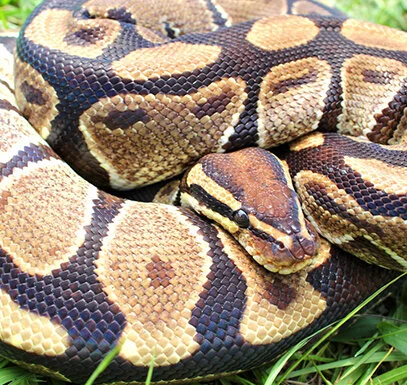ANIMALS OF AFRICA
Africa is filled with many jungles with lush green trees and shrubbery, and exotic animals. At Fort Rickey we want our vistors to interact with these animals, here are the species from Africa that call our zoo home:
AFRICAN PYGMY GOAT
The African Pygmy Goat is a small domestic breed of goat that is alert and gregarious by nature. Pygmy goats tend to be more robust and breed more continually throughout the year than more common dairy or meat goats, and despite their smaller size they produce large amounts of milk and meat. However, these goats are not raised for milk and meat, but generally kept as pets.
Pygmy goats have a full coat of hair that is straight and medium to long in length. The density of the coat varies with the seasons and with the climate where the goat is found.
Mating season: Autumn to early Spring
Gestation: 145 to 153 days
Litter Size: 1-2 kids
AFRICAN SPUR THIGH TORTOISES
African spur thigh tortoises are big, slow, and tough survivalists. Adults average 18 inches in shell length and 70 to 100 pounds in weight, but specimens reaching two to three feet in length and upwards of 150 pounds aren’t uncommon.
Spur thighs dig burrows in the ground where they take shelter from their harsh, hot, arid habitat. The burrows are relatively cool and damp, which – along with natural water conservation adaptations such as strict regulation of urine output – keeps these tortoises from drying out.
Mating season: September to November
Gestation: 8 to 12 weeks of incubation
Litter Size: 15-30 or more eggs
BALL PYTHON
Ball pythons live in dry grassland, savanna and forest edges. Like most pythons, they are good climbers, but they are usually seen on the ground.
A ball python’s head is flat on top, with no brows above its round eyes. It has a square, boxy snout, and heavy jaw muscles that make the sides of its head, behind the eyes, bulge outwards. It can securely hold prey with the 100-150 sharp teeth that curve towards the back of its mouth.
Ball pythons have alternating black and pale stripes along their face; these stripes partly mask the dark eyes. Their coloring includes large, asymmetrically lobed spots of medium brown, outlined in off-white, then in black. These spots mark the dark brown back and sides, and funnel down toward the off-white or pale gray belly.
Mating season: Autumn to early Spring
Gestation: 75-80 days of incubation
Litter Size: 4-10 eggs



